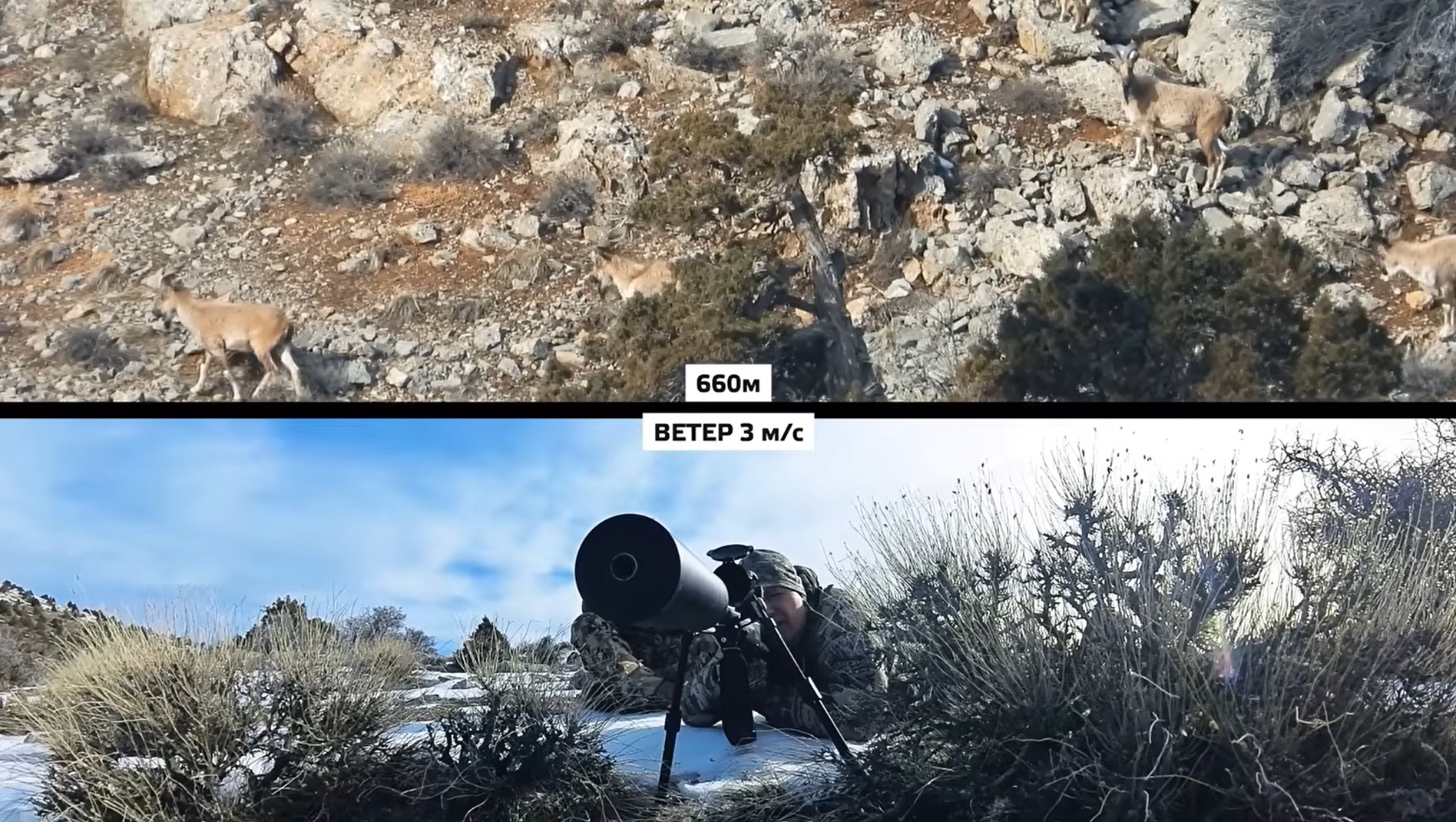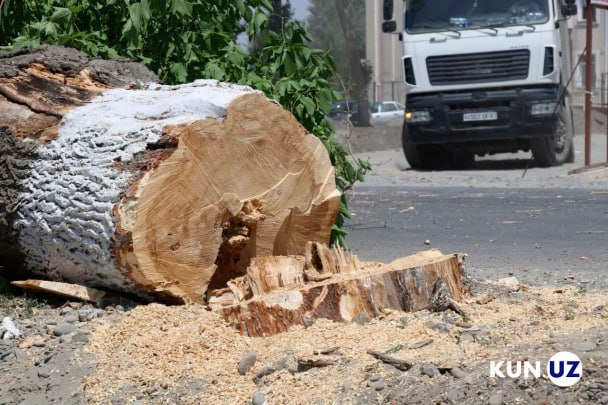Russian hunter kills endangered markhors in Uzbekistan’s Surkhandarya region
A video circulating on social media shows Russian hunter Konstantin Samsonov shooting markhors – a species listed in Uzbekistan’s Red Book – in the mountains of Surkhandarya region. The footage, originally filmed a year ago, was published on the Samsonov Hunter YouTube channel.

Although the video was initially uploaded and deleted three days later for unspecified reasons, it has now been reposted. It shows Samsonov and his filming crew hunting in a mountainous area of Surkhandarya, where he kills two markhors (wild goats) and one wolf. One of the markhors was shot twice, while the other collapsed after a single shot. Later, the hunter is seen firing at a wolf running across snowy terrain.
Kun.uz has sent an official inquiry to the Ministry of Ecology regarding this case.
This is not the first time Russian hunters have killed animals listed in Uzbekistan’s Red Book. In 2021, Russian national E.P. Shirokov shot a brown bear in the Bostanlyk district and posed for graphic photos with the animal. At the time, he had received a permit to hunt two Tien Shan brown bears. Following strong public backlash, his second permit was revoked.

In 2023, another Russian hunter, Sergey Mazurkevich, filmed and published footage of his hunting trip in Uzbekistan, during which he shot a markhor and an argali in Surkhandarya. The Ministry of Ecology later stated that the hunt had been carried out legally.
Under Uzbek law, hunting of Red Book species is only permitted with official authorization and payment of a designated fee. Foreign individuals and legal entities must pay $25,000 to hunt a single markhor.
The markhor, a wild goat with spiraled horns, is included in both Uzbekistan’s Red Book and the International Union for Conservation of Nature (IUCN) Red List. It is a highly localized subspecies at risk of extinction and inhabits rocky mountainous areas at elevations of 1,500–2,500 meters above sea level. The population of markhors fell sharply between 1950 and 1970. According to data released a year ago by the Ministry of Ecology, over 800 tagged markhors were living within the Surkhan State Nature Reserve.
Related News

16:56 / 24.07.2025
Ecological Party questions legality of tree cutting and construction in Tashkent’s Mirabad district

16:10 / 19.07.2025
Ecology Ministry slams entrepreneur Murod Nazarov’s proposal of legalizing tree-cutting, calls for protecting greenery

16:42 / 18.07.2025
Uzbekistan’s Ecological Party condemns entrepreneur Murod Nazarov’s proposal to lift tree-cutting ban

11:56 / 18.07.2025



